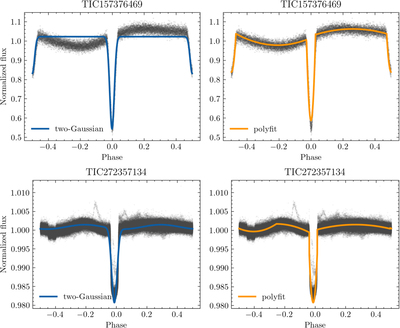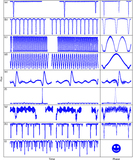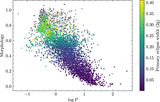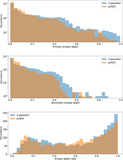Image Details

Caption: Figure 3.
Demonstration of a successful (top panels) and unsuccessful (bottom panels) fit with the two models. The top panels show a system with asymmetric variability outside of eclipse, which cannot be modeled by the two-Gaussian model. However, this does not prevent the model from fitting the eclipses correctly. Polyfit, due to its higher degree of freedom, manages to capture both the eclipses and variability outside of eclipse. The bottom panels show the deficiencies of the two models that cause it to not correctly fit the shallow secondary eclipse: the two-Gaussian model considers it part of the asymmetric variability outside of eclipse that it is unable to model, while polyfit fits the variability as an eclipse instead.
Copyright and Terms & Conditions
© 2022. The Author(s). Published by the American Astronomical Society.












